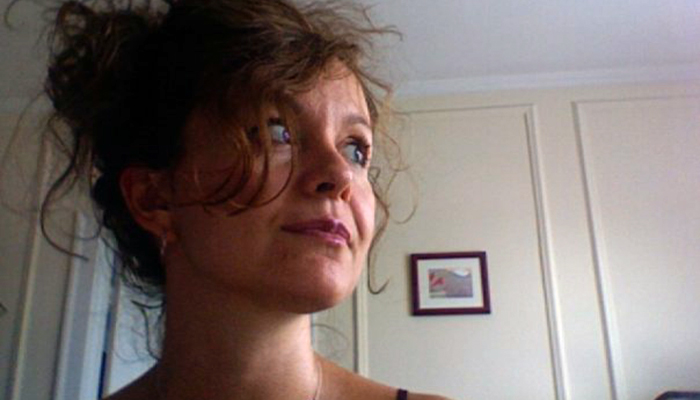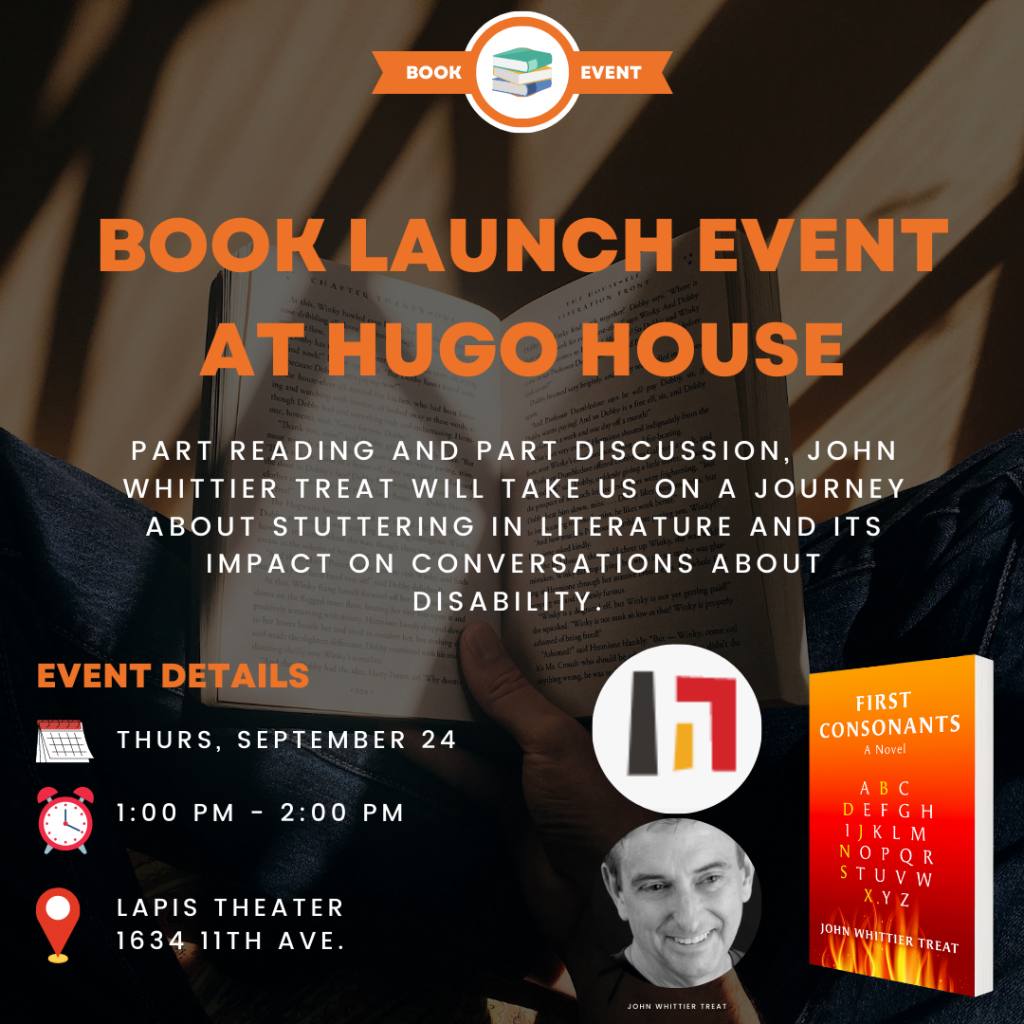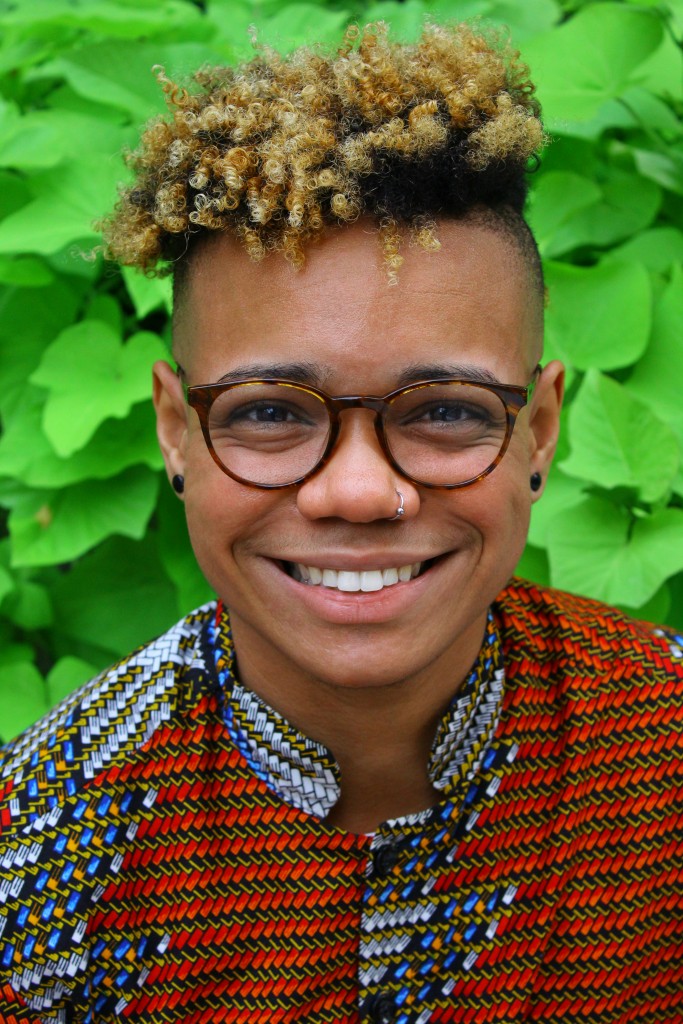In the fiction writing courses that I have taught over the last eighteen years, at some point during the term, someone always brings up the topic of novels versus short stories. As in, why don’t short story collections get more respect among readers and the bigger publishers of the world (those, at any rate, that sometimes pay big advances)? Why do some agents read literary journals, write to tell you how much they admired your published short story, but in the next sentence ask if you have a novel that you can show them? Or, failing that, the first fifty pages of a novel? And why do these students’ non-writer friends, the few who still like to read fiction and will turn off their iPods and TV sets long enough to engage with an actual paper-and-ink book, say that they’d rather read a novel than a short story?
All good questions, but none, unfortunately, with universal or particularly illuminating answers.
There are several ironies inherent in the questions above. The annual Best American Short Stories anthology is, year in and year out, a bestseller. Alice Munro, a short story writer nonpareil, recently won the Nobel Prize in Literature and has made her living since the late 1960s from the extraordinary short story collections that she has published in Canada and beyond. Earlier this year, George Saunders and Karen Russell both saw their newest books, Tenth of December and Vampires in the Lemon Grove, reach the New York Times bestseller list and stay there for a number of weeks. Saunders’ collection is now a finalist for the National Book Award, and probably also the frontrunner.
Nonetheless, if you have the guts to tell your friends, your mother (who might be, like mine, a lifelong reader of fat novels), your agent, and/or your editor that you are working on a new short story collection, they will probably each give you a blank-eyed stare before either managing a wan “Oh, that’s…great,” or else asking, “Why on earth would you want to do that? Who’s going to read it/buy it/bother with it?”
I’ve written and published both a novel Little Known Facts, and a short story collection, Portraits of a Few of the People I’ve Made Cry. I have published numerous short stories in North American periodicals and seen some of these stories anthologized in the Best American Short Stories, O. Henry Prize Stories, and New Stories from the Midwest anthologies. Portraits was published because I entered and won AWP’s Grace Paley Prize in short fiction in 2009; otherwise, I probably wouldn’t have a book in print at all, based on earlier attempts to write novels that no New York publishers wanted to acquire. Little Known Facts is, incidentally, a novel with several chapters that were also published as stand-alone stories. And the main reason why this book held together and made it into print whereas the four novels that I had written before it did not, is probably because I approached the writing of each chapter in the same manner that I do a short story — I kept focusing on something George Saunders calls “line-by-line energy” and for each chapter I did my best to create a narrative arc similar to that of a short story. My intent was to keep each chapter’s momentum as brisk as a short story’s, and as a result, the book’s overall momentum probably made this novel more successful than the others I had written up to that point.
While I was writing Little Known Facts, I realized that two novels I had read in the previous year and greatly admired also featured stand-alone chapters, many of which had also been published in literary journals as short stories. You might already have a strong hunch about what I’m going to say next — these two books are Olive Kitteridge and A Visit from the Goon Squad, and they both are excellent, exciting novels, which their authors, at least in the case of Goon Squad’s, have said that they thought of as a short story collection, but the publisher marketed it as a novel, knowing that this label would undoubtedly bring many more book buyers to it.
What I think many readers like about novels is that a novel keeps going well past page twenty or thirty, and you have a chance to become, in a sense, the accomplice, confidante, and witness to the main character’s experiences. It’s similar to watching a TV show in a marathon aural and visual orgy — one entire season of Breaking Bad or Mad Men at a time, as opposed to one episode a week, doled out in maddeningly short doses, a teaser for the next week’s episode dangled before us like Tantalus and his coveted grapes.
But I suppose there’s more to it than this: we desire full immersion, more knowledge, more of an opportunity to become or travel with the main character for three hundred instead of thirty pages. We want our vicarious experiences to go on and on.
I understand this. I read both novels and stories and am glad, for example, that The Corrections was a 550-page novel instead of a 15-page short story, but as a writer of both novels and short stories, I love the compression, of being able, when things go well, to achieve the deep interiority that a good novel features within the space of a short story.
If you’re interested in seeing some of the best modern story writers pull this off with breathtaking skill and pathos, read story collections by Mavis Gallant, William Trevor, YiYun Li, Alice Munro, Stuart Dybek, Jean Thompson, Deborah Eisenberg, John Updike.
It can be done. And when it is done well, for me, it’s like eating a slice of cake so good that all other sweets are unnecessary, at least for a little while.





